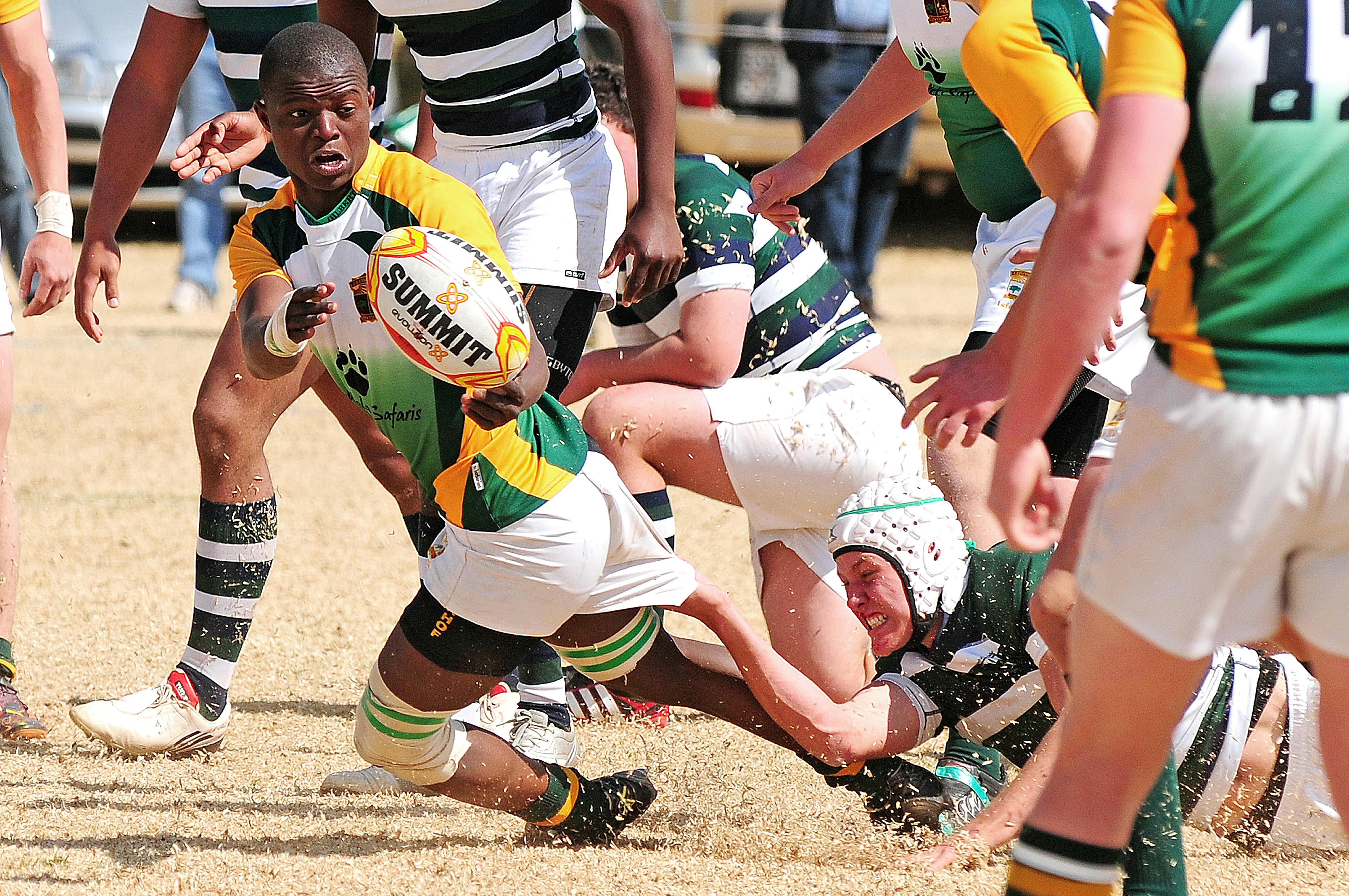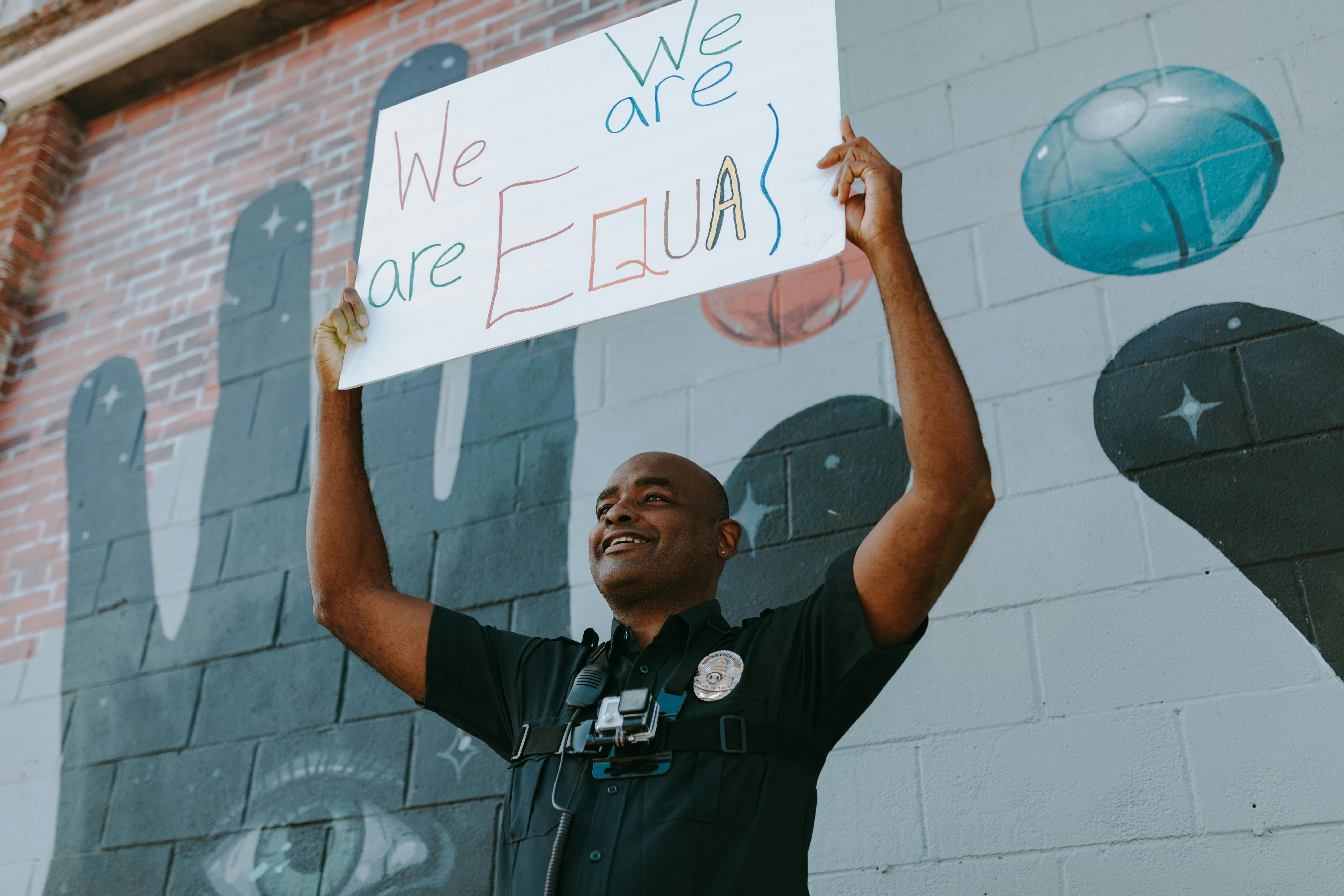Find out what it means to you
Do you want fanatic clients and clients?
Do you want to earn good money while doing good things?
It all comes down to RESPECT.
If you don’t respect your market, you can still make a lot of money. However, it will be more difficult.
I’m not talking about something mystical, “do good things and the universe will reward you.” Even if your goal is purely lucrative, listen and listen well.
Do things like ‘word of mouth’ and ‘repeat business’ make your bank account salivate?
If so, stop disrespecting the people who want to buy from you.
Respect their struggles
Most marketers are excellent at this.
If your product clears up acne, they don’t just say how it will clear up your complexion. They talk about how it will keep people from laughing at you and give you more confidence.
You’re more likely to get the job, the girl, the raise, if you’re not worried about all the pimples on your face.
Some people scoff at that. “Are you worried about pimples? First world problems?”
Just because it’s not the worst in the world doesn’t mean it’s not a big deal for the pizza-faced kid struggling to fit in at school.
Marketers respect that.
We recognize it.
We hold up a mirror to their struggles until there is no way they can ignore the problem.
That’s when we offer the solution.
Respect their time
When you start your own business, something strange happens.
Your time becomes more valuable than ever. Every moment can be spent creating new offers, chasing new leads, researching new technology, or daydreaming about new ideas.
However, people begin to treat their time as if it was worthless.
“If you don’t have a boss, you are free to take me to the airport, right?”
“Can I have 15 minutes of your time to offer you something you don’t want?”
Here’s a strange truth: everyone thinks they are “busy.”
However, most people are not.
I remember in college, I was so painfully “busy.”
Please, it was made of free time.
The same when I got my first full-time job. Funny that I only worked from 9 to 5 back then …
Point?
Whether they are busy or not, people hate wasting time.
When writing an email or anything else, ask yourself: after the reader has read this, will they be happy they did? Or will they want to recover those moments?
Nothing will be worth it to everyone, so focus on your prospects.
Will they find your message entertaining, informative, or with an offer too compelling to pass up?
(Ideally, all of the above).
When your reader thinks to himself, “reading that was a good use of my time!” something strange happens. Whether they buy or not, they are more likely to read the following message from you.
I get too many emails from people where it’s all about them.
“I have a new product for you to buy!”
Great, I don’t care. Tell me what the product does for me and why I want it. Even dismissing his message as irrelevant took a moment from which I will never return.
On the other hand, many people who send me emails are so entertaining that I will read their emails no matter what they sell. They have taught me to know that it is always worth taking time to read them.
Respect their money
Digital products are amazing. It costs the same to send someone a two-hour video as a two-paragraph message.
And you can send it to 10,000 people as easily as ten.
Everything is fast, automated and practically free.
This means that you can offer your customers and clients 10 times what they pay for something. Why not right? Once you’ve created something, there are no additional costs to deliver it.
Are you selling a $ 30 ebook? What additional reports, templates, podcasts, videos, guides, and other e-books can you add that are worth $ 300?
So for the right person, the offer becomes irresistible.
Sure, it will take time and money to create those bonds. However, once you have them, all the time and money is already spent. You can include them at no cost and with little effort.
Respect their intelligence
Don’t lie to your readers.
Don’t send them silly emails like, “I realized you didn’t accept my last awesome offer. Does that mean you’re not getting my emails? Please reply so you know it’s not a technical issue.” That’s an obvious lie, so don’t tell it.
(If you’re concerned about glitches, look at email delivery and open rates. If there’s a sudden drop, it might be a glitch. Who knows, you might want to ask your readers if they’re getting your emails. But no.Don’t do it with a crazy tactic to imply that your offer is literally irresistible to everyone …)
Suppose your readers are smart. Suppose they will see through any lie you tell, even the smallest ones.
Respect yourself
Imagine this scene:
A man in a suit on his knees, tears running down his face, snot streaming from his nose, his hands clasped as he begs a woman not to leave him.
Let’s say she takes it back (not likely, but come with me here). Are you going to respect this boy?
Of course, no!
Will you respect it?
Doubtful!
As with love, so with business.
You want to do the right thing for your customers. You want to offer them all the value you can.
And, of course, you want to respect them.
That means respecting yourself too. If someone doesn’t want to do business with you, maybe you fight for them and offer even more value. If they still say no, keep going.
“The customer is always right” is too extreme. Sometimes the customer is legitimately insane. Too often, the client feels powerless in his own life and is hungry for any opportunity to dominate himself.
You don’t respect your genuine customers, the ones who appreciate your value, when you spend too much time, mental energy, and money on these losers.
If they are not happy, sure.
If they have legitimate complaints, you’d better resolve them.
But if they are being mean and disrespectful or just for the sake of doing it?
Politely cut them off and walk away.







